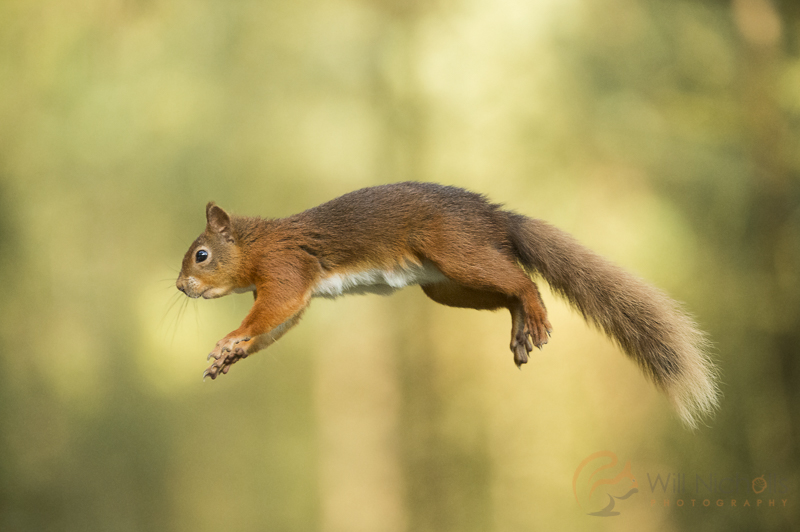Editing Your Photos: How Far Should You Go?

The digital age of photography brought with it powerful editing software. The program Adobe Photoshop has inadvertently become a slang verb of its own, with photos being referred to as “Photoshopped”. But this term now brings with it a negative undertone, implying manipulation and deceit during the editing process of a photo. So what is seen as acceptable? How far should you go when editing your photos?

More and more people claim their photos are “unedited and straight out the camera,” flaunting this almost as a badge of honour. But this just isn’t true. I’d bet a lot of money that the majority of people saying this are shooting in JPEG format. When you take a photo in JPEG, your camera applies ‘Picture Styles’ that are determined in its menu. This is your camera’s take on processing your photo for you, doing everything from colour adjustments to vignetting removal and sharpening. This is why photographers tend to shoot in raw format, as it leaves the file completely untouched. Raw files purposely appear flat and dull when you open them, waiting for your alterations. So it is your job to make the necessary adjustments, eventually saving the file as a JPEG yourself so it can be viewed and enjoyed by others. If you shoot digital then editing your photos is unavoidable, and that leaves us with one big question: how much editing should you do to your photos?
It’s a question debated endlessly by photographers, and of course it is up to the individual what they do to their photo. Having said that, there is a standard within the nature photography community that is maintained by most when it comes to processing images. It is a standard adopted by major competitions, such as the Wildlife Photographer of the Year, and to adhere to it yourself keeps you in the good books with others.
The following adjustments are accepted by WPOTY, and are seen as ‘normal’ amongst the professional photography community:
- Lens profile adjustments
- Colour temperature alterations (white balance)
- Removal of dust spots
- Saturation / vibrance adjustments
- Changes to exposure / shadows / highlights / whites / blacks
- Changes to contrast / clarity
- Sharpening & noise reduction
- Cropping
If you’re making any further adjustments than these, then you should probably start asking yourself if they are legitimate. You should think of editing photos with one mission: to reflect the scene as you saw it. Chopping and changing parts of an image, cloning objects out (or adding things in) is regarded as photo manipulation, which is a whole art form of its own.
[easy-tweet tweet=”Process your photos to reflect the scene as you saw it, nothing more.” user=”NatureTTL” usehashtags=”no” template=”light”]
You can go one step further. National Geographic allows its photographers to make no major edits ‘beyond the lens’. Even a spot of mud on the lens’ glass cannot be removed from the photo during editing.

But what if I want to make big manipulations to my photo?
I’m sure the majority of people won’t have a problem with this, as long as you do one thing: openly declare it. If you post photos online and have drastically changed the scene, but don’t admit to it in the description, then you’re effectively passing this off as a normal photo. Photographers do get caught out and their name is instantaneously shamed within the industry – not something you want to happen.
Manipulating your photos is a slippery slope. Perhaps you’ve almost got that shot you were looking for, but there’s a branch in the wrong place. Removing it digitally is altering the scene, and you should instead strive to take the photo again without it. It can be a tough thing to adjust to if you’re used to editing without limits, but once you stop you’ll be turning over a new leaf with your photography and the quality of images you’re producing will begin to improve. If you correct big mistakes during editing then you have no real motivation to improve behind the lens.
When it comes to photography, honesty is the best policy. Edit a photo to reflect the scene as you saw it, and treat your editing software as a digital darkroom.
What do you think? Let me know in the comments below.





